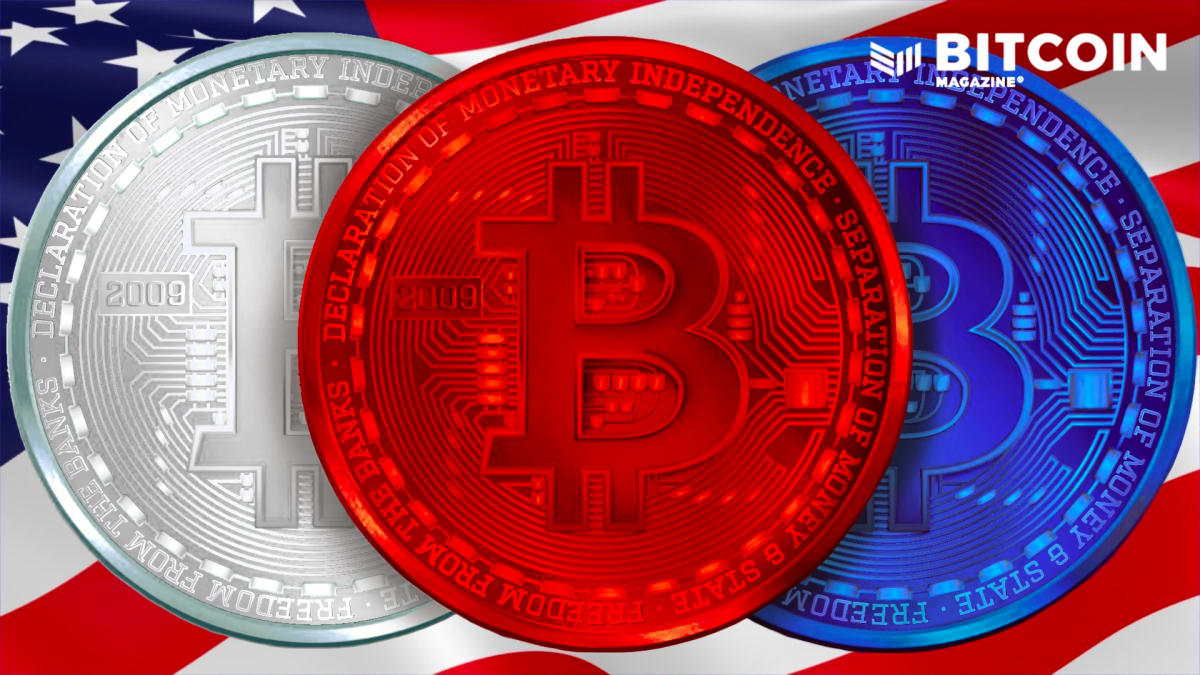An Essay From El Salvador: A Glass Half Full Or A Block Half Empty?
The success or failure of Bitcoin’s adoption in El Salvador, at the current moment, is largely defined by your expectations.
This is the second installment in Okcoin’s “I am Satoshi” series, profiles of Salvadorans during the transition to bitcoin as legal tender. Read the first about Elina Marchenko’s visit with Enrique Barrios of Bitcoin Smiles.
Impressions Of The State Of Bitcoin
One of my favorite things to do in the midst of the craziness unleashed by the passing of “Ley Bitcoin” has been to get an off-the-record moment with journalists or Bitcoiners who are visiting El Salvador and ask them their honest impressions of the state of Bitcoin here. Rarely do they need much time to reflect.
Their responses often fall into two camps: “It is mind blowing to see what has happened here, I still cannot believe it has come so far so fast.” Or, “To be honest it has been very disappointing, I was expecting things to be so much further along.”
While it’s normal for two travelers to have very different experiences — possibly due to where they stay or who they meet — I’ve also found that two people who had the exact same experience could often leave with completely different takeaways.
The difference in opinions is usually not the experiences, but how the experiences matched their expectations. I find that long-time Bitcoiners are most likely to be positively surprised, while those relatively new to Bitcoin are most likely to be disappointed. It is hard to truly appreciate how far and how fast El Salvador has come without the trials and tribulations of those trying to use Bitcoin over the past decade. Some often-heard refrains I hear, the only difference being that one person recounts them excitedly, while the other with lament.
I hear “I could easily use Bitcoin in McDonalds, Starbucks, and Pizza Hut, but it’s a lot harder in the smaller stores” or “They accepted Bitcoin, but they didn’t know how to create a QR code that worked with non-Chivo wallets.” I also hear “I asked my taxi driver if I could pay in Bitcoin, he said he was thinking about starting to accept it but for now no” or “I could usually find a couple places to spend Bitcoin, but a lot of the places weren’t accepting it” or “People were accepting it for payment, but they didn’t really understand how it works.”
The range in responses is staggering. But not unexpected for a country early in transition.
The Eye Of The Beholder
My take on how El Salvador’s embrace of Bitcoin is going: It depends if you see the number of Bitcoin transactions that have increased 1000x in a month or if you see that the dollar is still being used for 99% of transactions. Do you smile at the sight of multiple “se aceptamos BTC” or complain that they are still necessary? Do you see a government-controlled custodial wallet as a gateway to understanding freedom money or freedom money being corrupted?
I believe that 10 years from now we will all say its success was inevitable. But until we reach that point, the relative beauty of hyperbitcoinization in El Salvador will remain in the eye of the beholder.
Learn more about Mike’s project: Bitcoin Beach
This is a guest post by Mike Peterson. Opinions expressed are entirely their own and do not necessarily reflect those of BTC, Inc. or Bitcoin Magazine.









